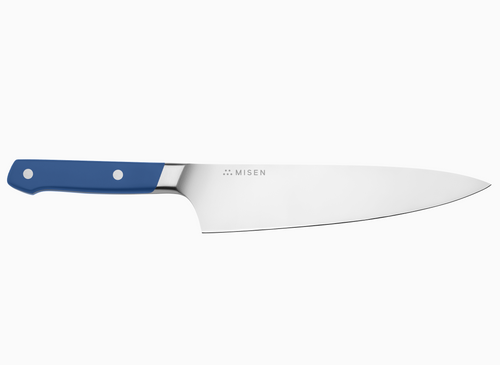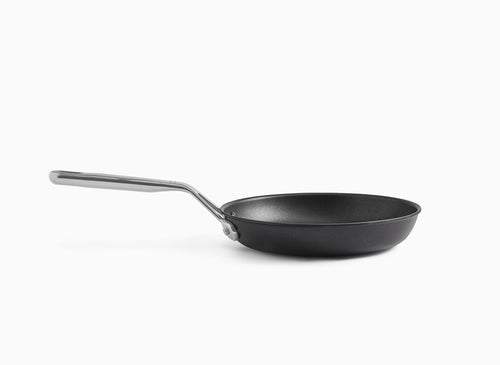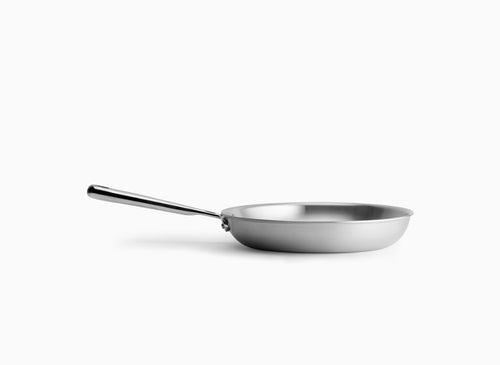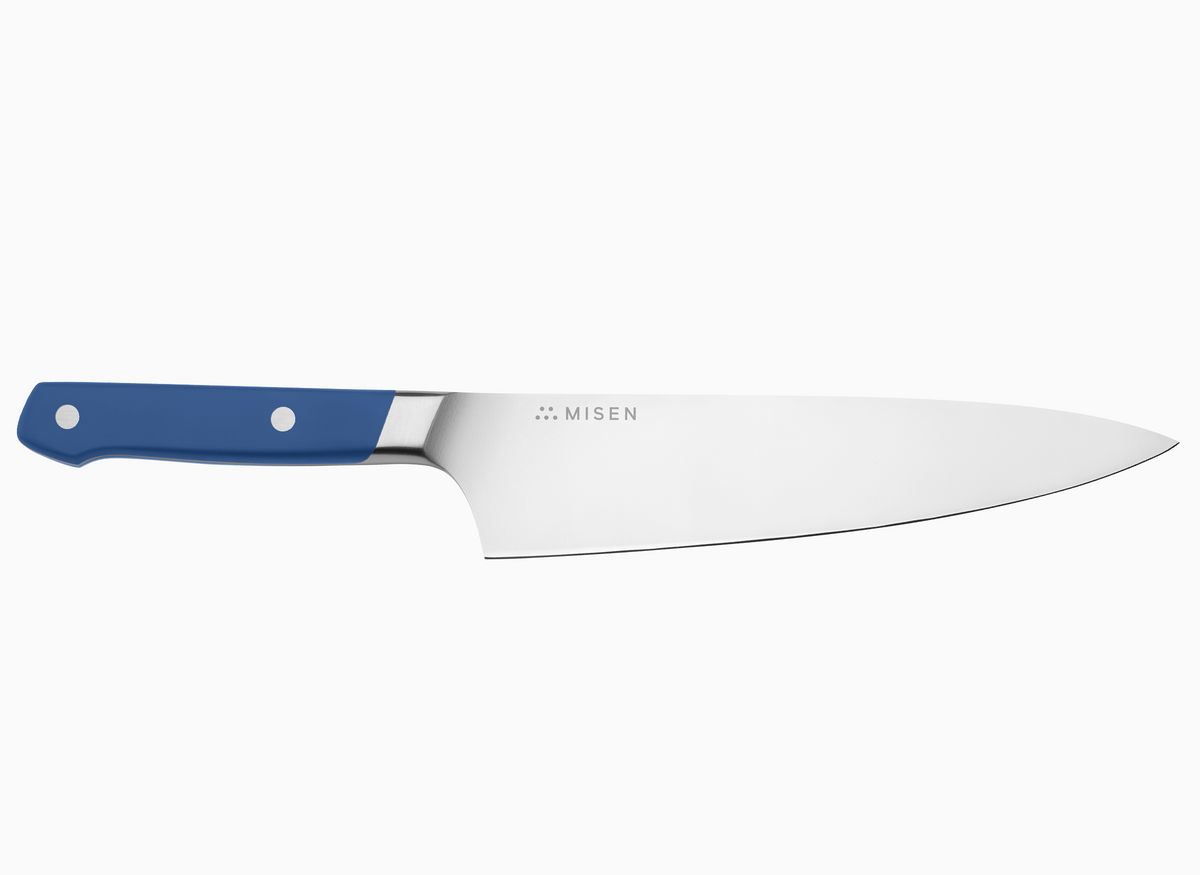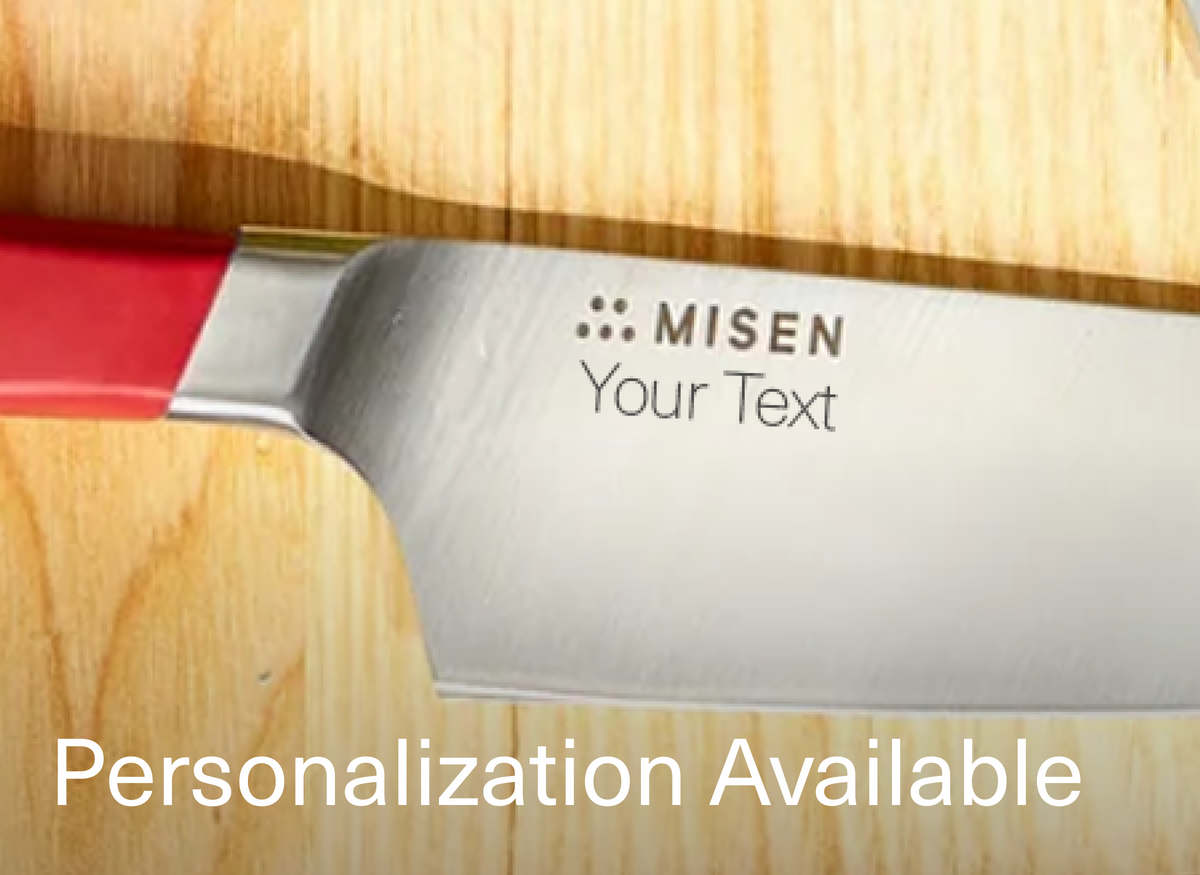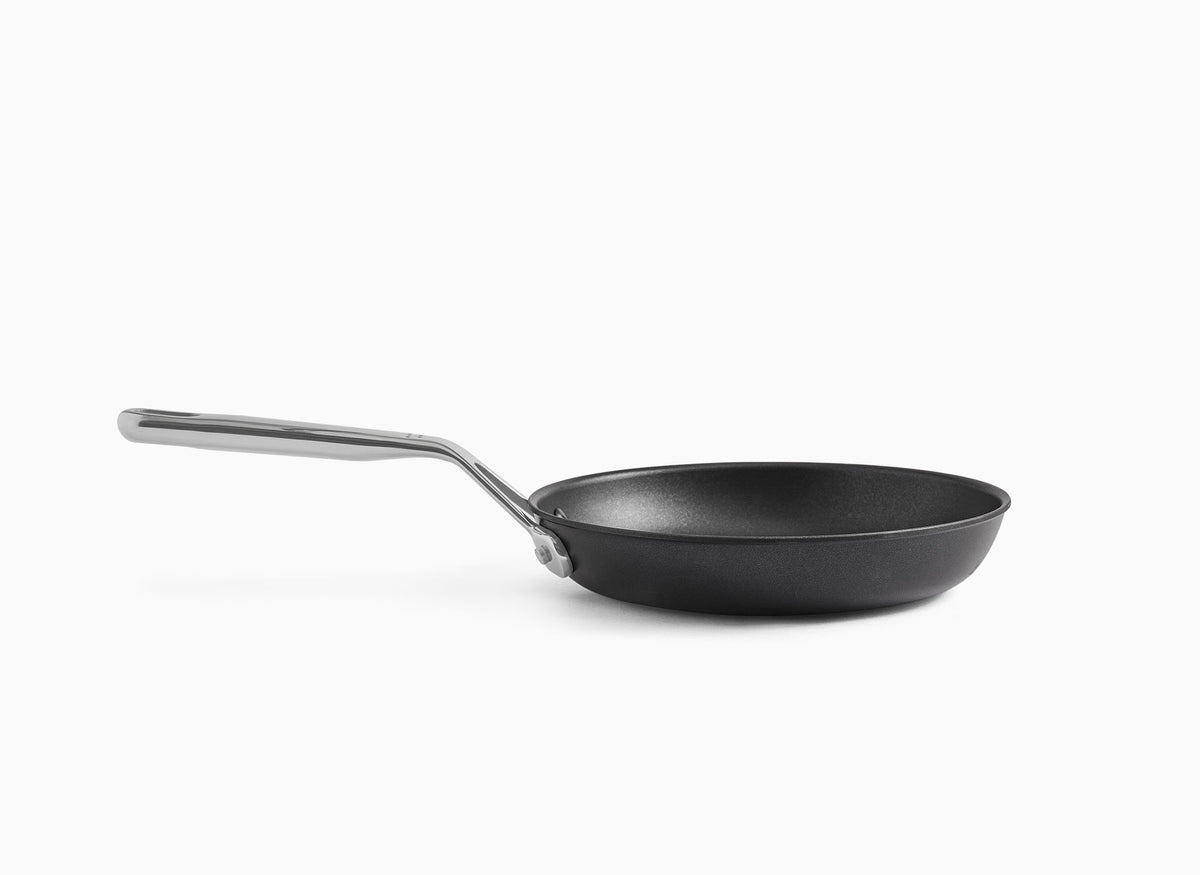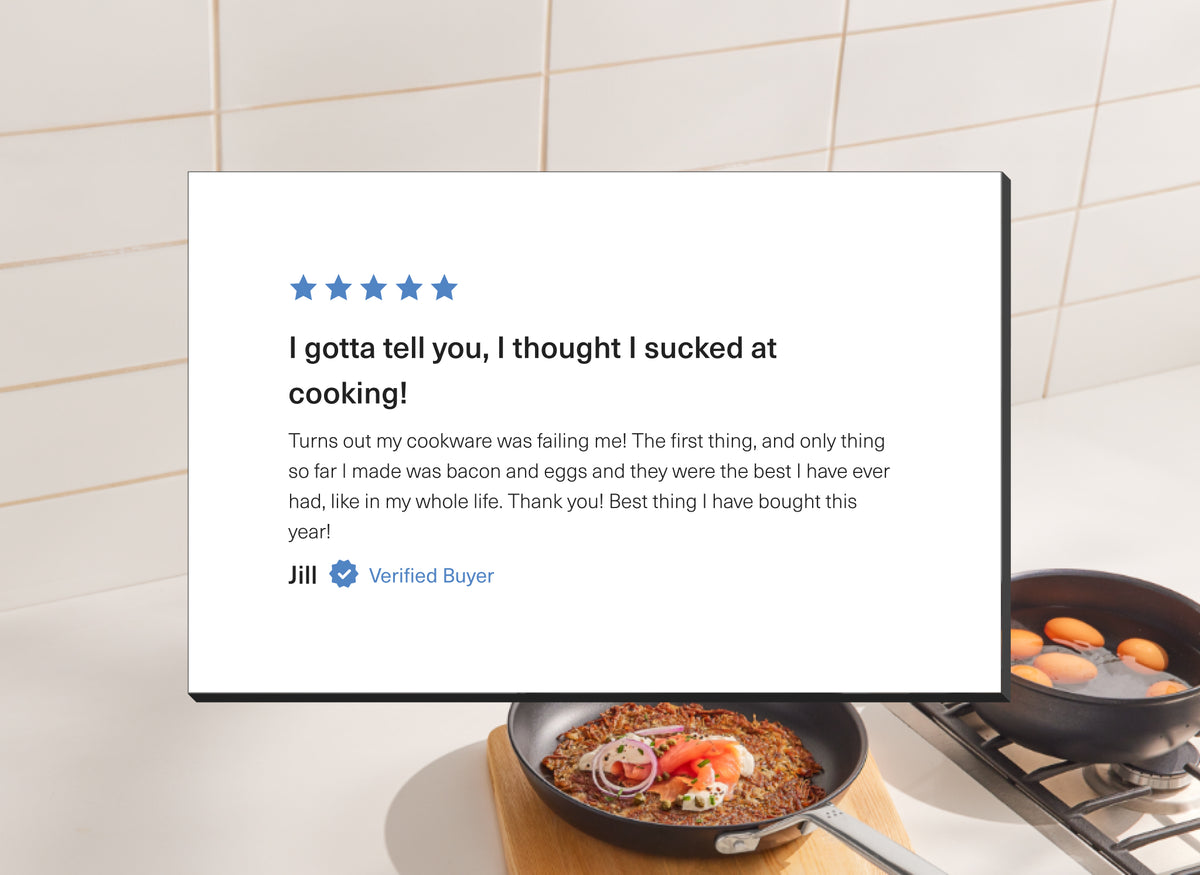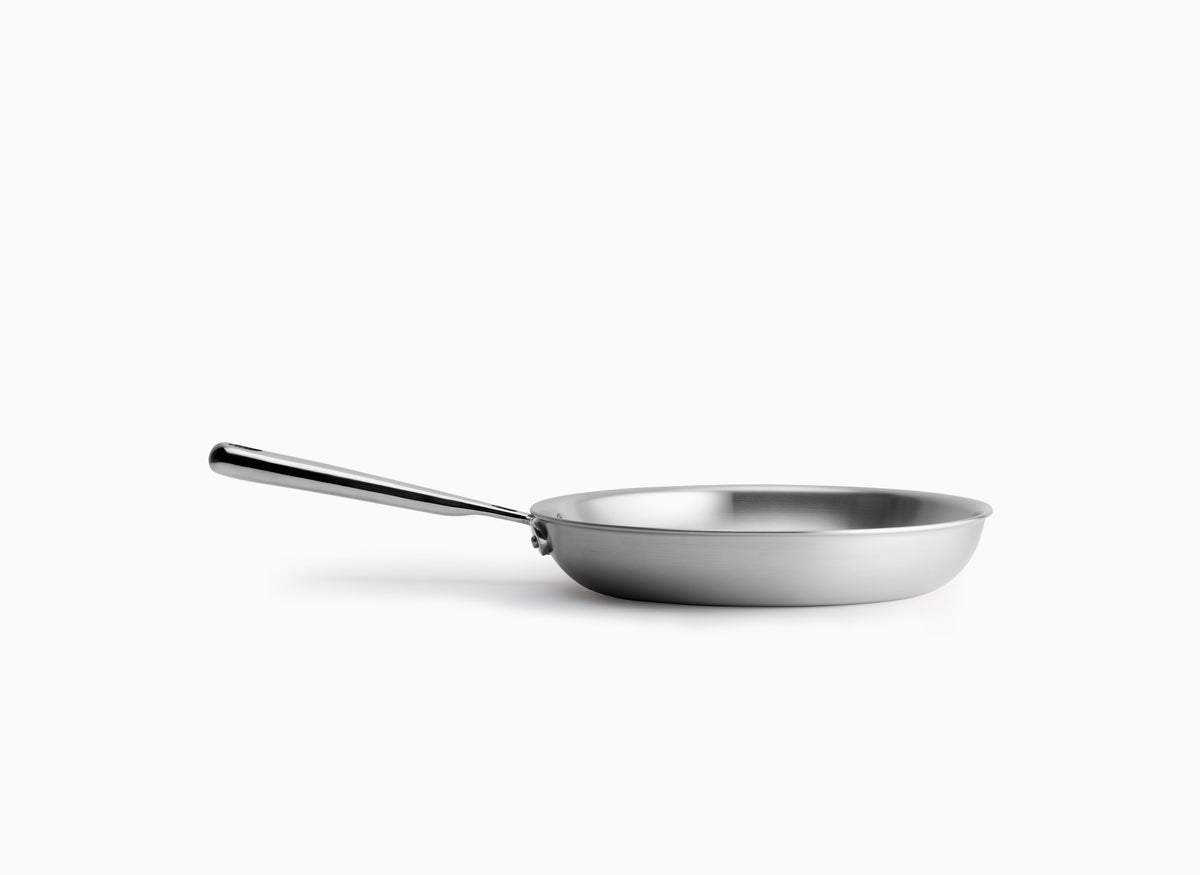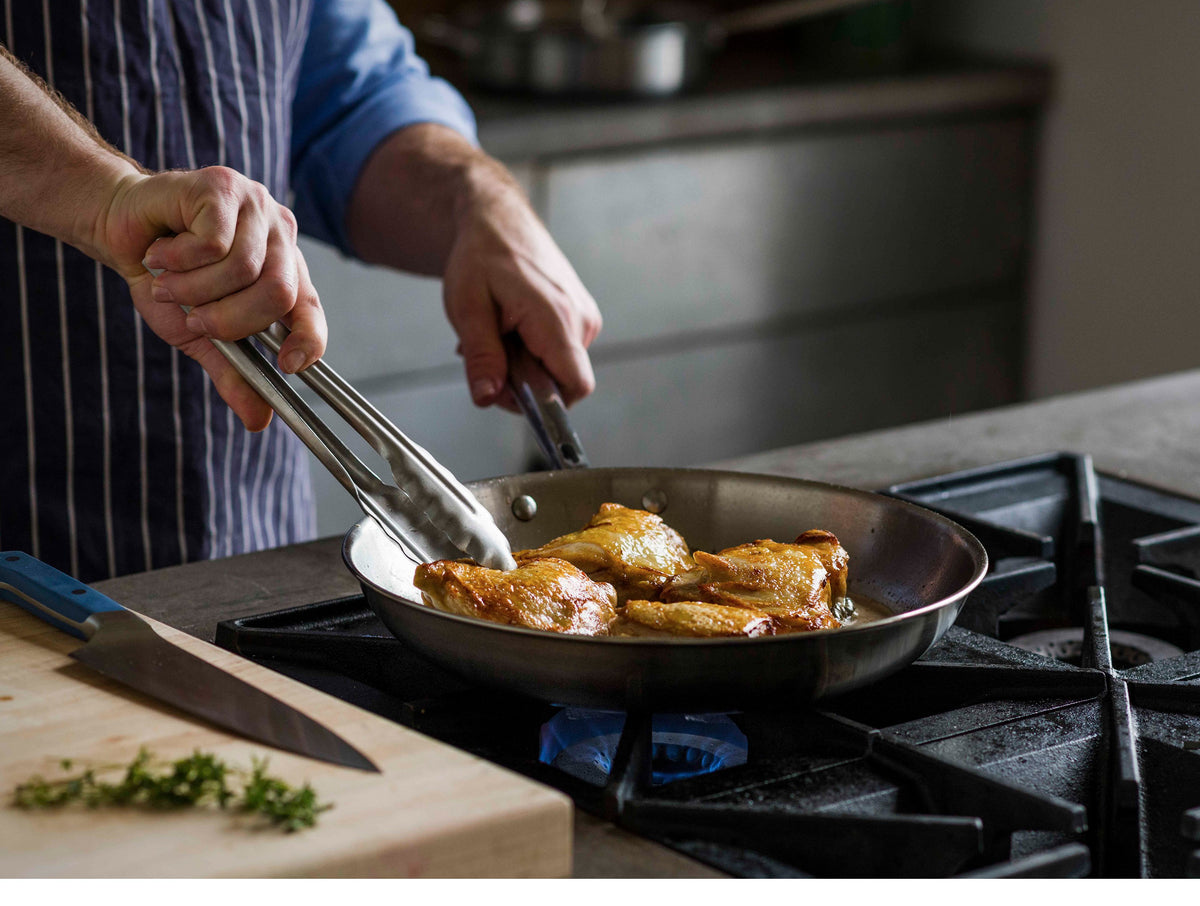How to Choose the Best Large Cutting Board
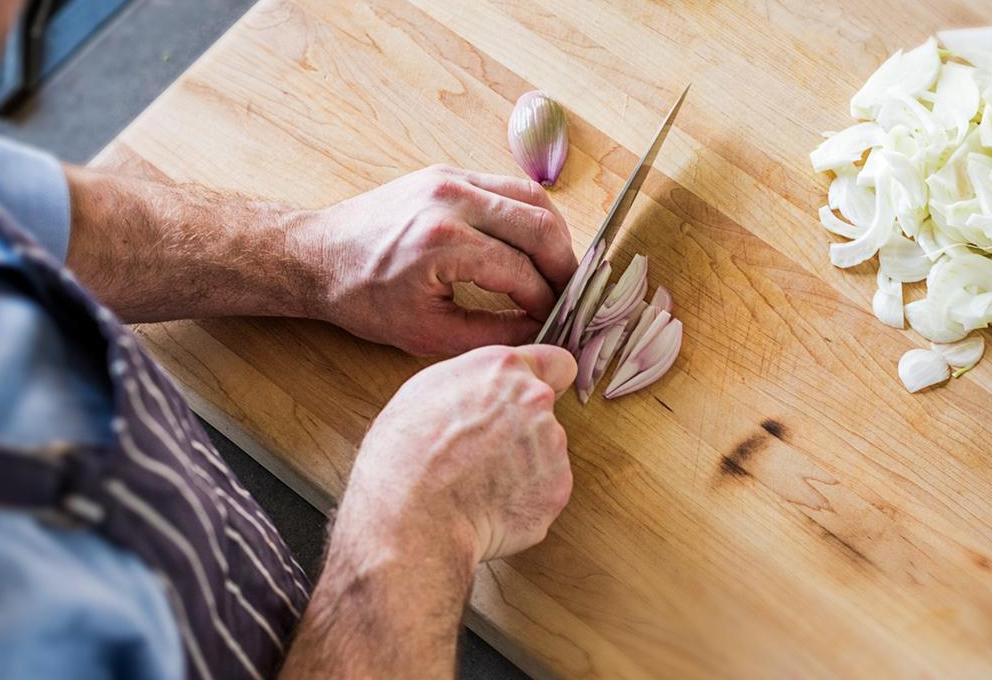 A large cutting board gives you lots of space to work with.
A large cutting board gives you lots of space to work with.
- When choosing a board, look for one that's durable without being overpriced.
- A large cutting board has many uses outside the kitchen as well as in it.
- Maintaining your cutting board is simple but essential.
While at first glance it may seem to play an understated role in the cooking world, a good cutting board can be an absolute game-changer in the kitchen. It's the countertop hero that saves your knives and makes your cutting, dicing, and slicing easy. A good board improves your culinary abilities without too much ado.
Cutting boards come in many sizes, each of which has their uses. A large cutting board can do everything a small one can, plus more — it just takes up more counter space. But generally, a large cutting board will open up a world of opportunities that a small one would leave closed.
We'll begin with the assumption that wood cutting boards are the best kind (they are) and that each kitchen needs a cutting board (they do). While plastic cutting boards may be dishwasher safe, they damage easily and are prone to bacterial growth. Glass cutting boards can damage your knives, and are generally better for serving than for actual cutting.
Follow along as we delve into the wide (or should we say, large) world of cutting boards. We'll describe what to look for and how best to use them.
Cutting Board Type: End Grain vs. Edge Grain
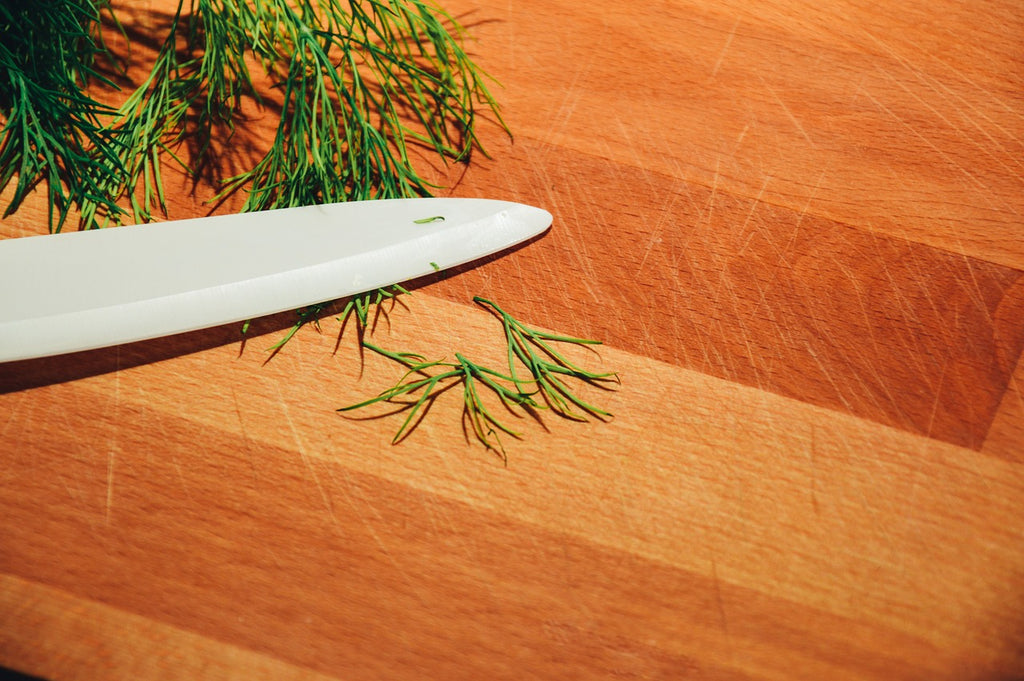 Edge-grain boards can be remarkably sturdy.
Edge-grain boards can be remarkably sturdy.
The culinary world agrees that wooden cutting boards are the best. They’re durable, sanitary, and good for knives. There are two kinds of wooden cutting boards: edge grain and end grain. Edge-grain boards are built from wood cut lengthwise. They may be made of a single piece of wood or many pieces put together. End-grain boards, on the other hand, are built from the end cuts of wood. Imagine putting several 2x4s upright, gluing them together, and making slices out of them horizontally. That’s an end-grain board.
The debate rages: Are end grain or edge grain wooden cutting boards superior?
The answer largely depends on context.
End-Grain Cutting Boards
End-grain cutting boards like those made by John Boos have boomed in popularity recently due to some clever marketing ploys. End-grain boards have many pieces of wood packed together, with the ends protruding. Because the end of the wood tends to "heal," they can last a long time. They can feature different types of wood as well, leading to visually appealing patterns.
However, end-grain cutting boards present some problems. First, they're expensive. Their construction process is complex. It involves gluing many individual planks of wood together. This leads to prices that are often ten times as high as a comparable edge-grain board, which are made from a single piece of wood. It also means these boards require more maintenance than an edge-grain board. The number of glued joints creates more places where water can seep in and cause the board to warp or crack.
If an end-grain board isn't meticulously cared for it can start to warp and eventually split, presenting danger to your knives. Cutting across an uneven surface can wear down and possibly damage the edge of the knife. It will also make the cutting surface less stable, which can increase the risk of your knife slipping as you cut.
Edge-Grain Cutting Boards
Edge-grain boards are more common than end-grain boards and for good reason. They're much simpler to manufacture and thus are significantly less expensive than end-grain boards. They require less maintenance than an end-grain board — perhaps being oiled a few times a year — and yet can do all the same things. Additionally, if the correct type of wood is chosen, an edge-grain board can be just as easy on knives as an end-grain board at a fraction of the cost.
What Kind of Wood Should I Choose?
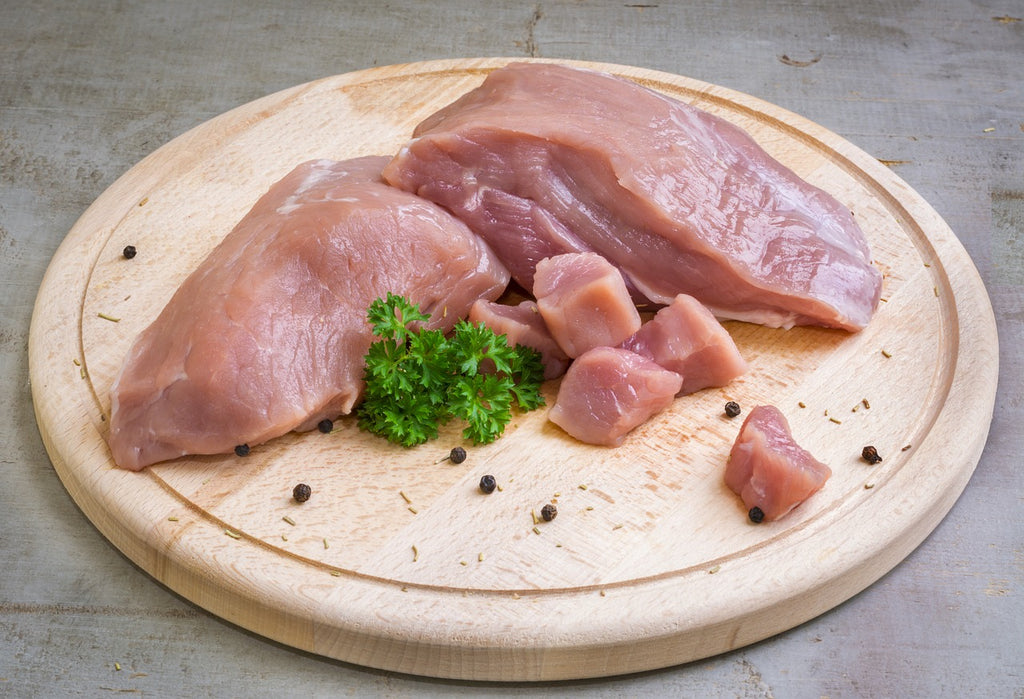 Choose a hard, closed-grain wood to keep your knives and your food safe.
Choose a hard, closed-grain wood to keep your knives and your food safe.
There are plenty of types of wood used in cutting boards, but the two most important things to look for are hardness and porosity. You want the wood to be hard, but not too hard. Soft wood will score easily and end up leaving you with a damaged board that can soak up bacteria as well as damage your knives. Conversely, wood that's too hard can damage your knife's edge. There are plenty of types of wood in the happy medium department.
Maple wood, cherry, walnut, acacia, teak, and even bamboo fit both categories. A maple cutting board is considered the industry standard, but any of the above will work fine for a wooden board. And although bamboo is not technically a wood — it's a grass — a bamboo cutting board still functions essentially the same as wood.
Cutting Board Functions
Of course, you can use a cutting board to chop vegetables, meat, or anything else you intend to cook. A large or extra-large cutting board, however, gives you more options in the kitchen when it comes to both food prep and food serving. Here's a look at some of the ways you can use it.
As a Butcher Block
Butcher blocks are typically extra-thick types of cutting boards made for, well, butchery. They're also known as chopping blocks or chopping boards.
Whether you're breaking down poultry or slicing steaks from a larger piece of meat, you'll appreciate the beating that a butcher block can take. They're meant for lots of weight to be placed on them since butchering meat is usually a labor-intensive activity. Essentially, any large and thick wooden board can serve as a butcher block.
You can use a heavy meat cleaver on a butcher block and not worry about damaging it. Alternatively, you can use an extra-sharp chef's knife to do your breaking down. Whatever the case, the block needs to be big enough to give you room to work with so you don't have meat falling over the sides.
As a Serving Board
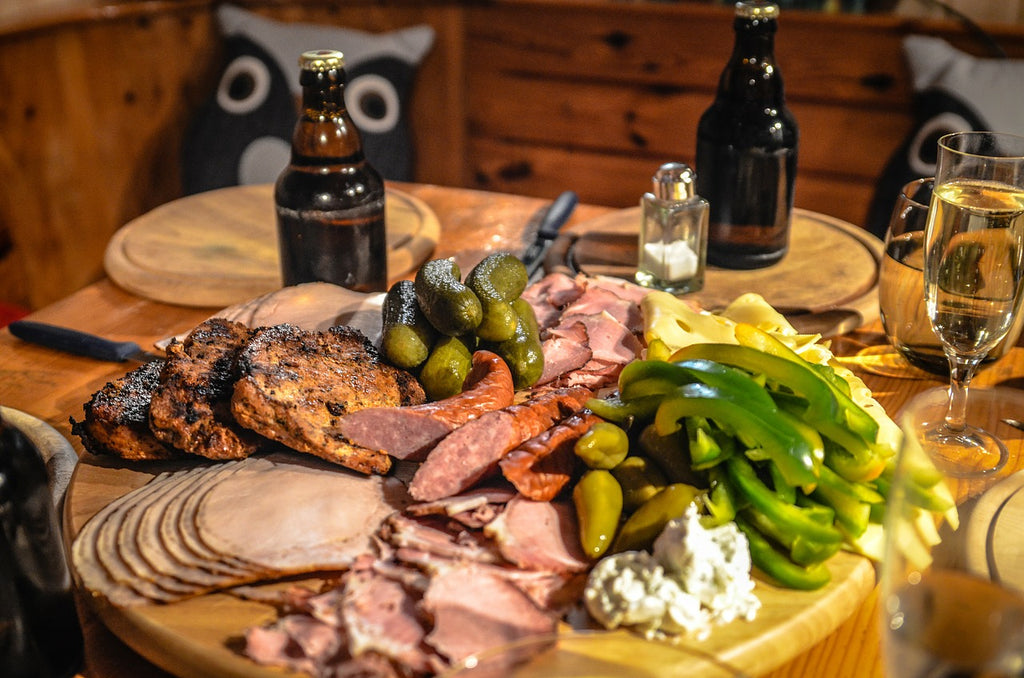 Serving a mixed spread on a cutting board can look great.
Serving a mixed spread on a cutting board can look great.
A large cutting board can make for a tasteful serving board, allowing it to be a star in the dining room as well as in the kitchen. It can be used for a number of different food presentation tasks. Below we’ll go through three of the most classic.
Carving Board
 Using a cutting board for carving keeps your knives in top shape.
Using a cutting board for carving keeps your knives in top shape.
If you're serving a roast — for example, roast beef or Thanksgiving turkey — you'll need a way to present it at the table. And while you could hypothetically present it on a serving platter, the hardness of the platter can damage your knife while you're cutting. This is why a wooden carving board is superior: It keeps your cutlery intact while still looking pretty at the table.
A carving board often has a juice groove that allows for meat juices to collect there rather than spilling on the table.
Cheese Board
If you're hosting a party, having a charcuterie platter is a quick route to happy guests and a good atmosphere. An attractive cutting board can be an excellent way to present a charcuterie spread and add some class to your event — or even just add some class to a night in when you feel like treating yourself.
Bread Board
While sliced bread is the best thing since, well, a long time ago, artisanal bakeries usually sell their bread whole. If you've got a loaf of crusty, unsliced bread you'll need a place to slice it. Imagine this: A bread board with crusty bread next to a beautiful charcuterie spread. You can use your large cutting board to serve the bread pre-sliced or to allow guests to cut each slice fresh. That's living large.
Maintaining Your Board
 Always hand-wash a wooden cutting board.
Always hand-wash a wooden cutting board.
Maintaining a wood cutting board is crucial to its longevity and proper function. There are quite a few products out there specifically for maintaining wooden boards. But let's start with some basics.
First, if you have a wood board, never wash it in the dishwasher even if it says it's dishwasher safe. Putting the board through the dishwasher risks cracking and warping it permanently, rendering it useless.
Instead, wash the board with gentle soap and a soft sponge. Wash and rinse it immediately after using it, and place it upright so it can dry correctly. Never submerge your board or you'll risk it taking on too much water and warping.
Second, use mineral oil to maintain your board's natural water barrier and prevent dryness. We recommend you use mineral oil a few times a year to keep an edge-grain board in top shape.
To see if your board needs oiling, put some water on the board. If it absorbs quickly, that means your board's water barrier is not functioning correctly and needs to get a booster shot of mineral oil.
When oiling your board, make sure it's completely dry to begin with. Spread food-grade mineral oil all over the board and let it absorb for a moment. Wipe off any excess. Let the board dry entirely before using it again — preferably overnight.
You Won't Be Board
When you have a good cutting board — especially a large one — you have a number of preparing and serving options at your fingertips. A good board can do wonders for you and your knives, and can even keep your kitchen looking chic.
By choosing the right kind of board and the right wood, you'll be doing yourself and your knives a favor.
